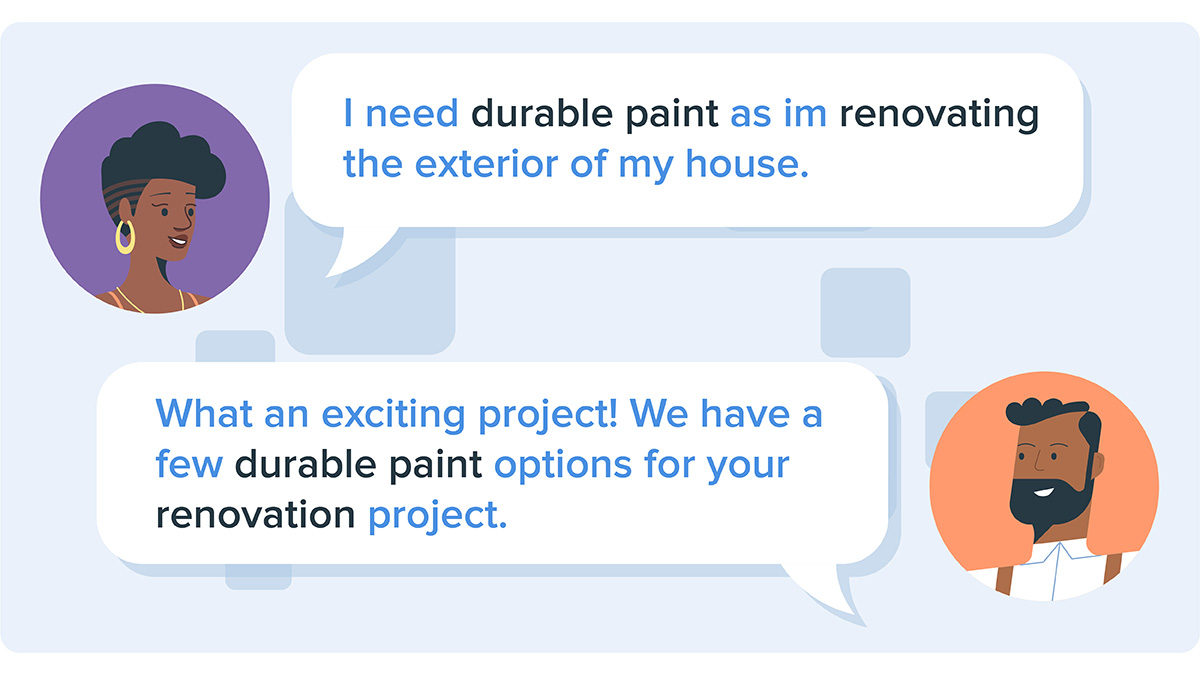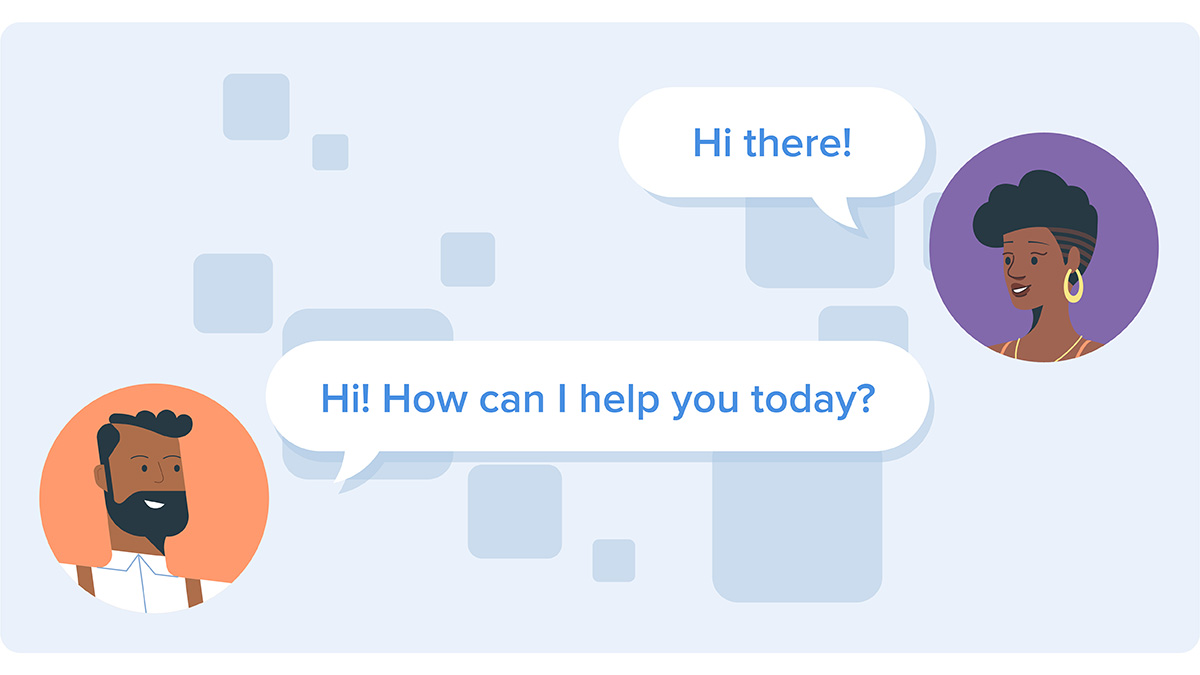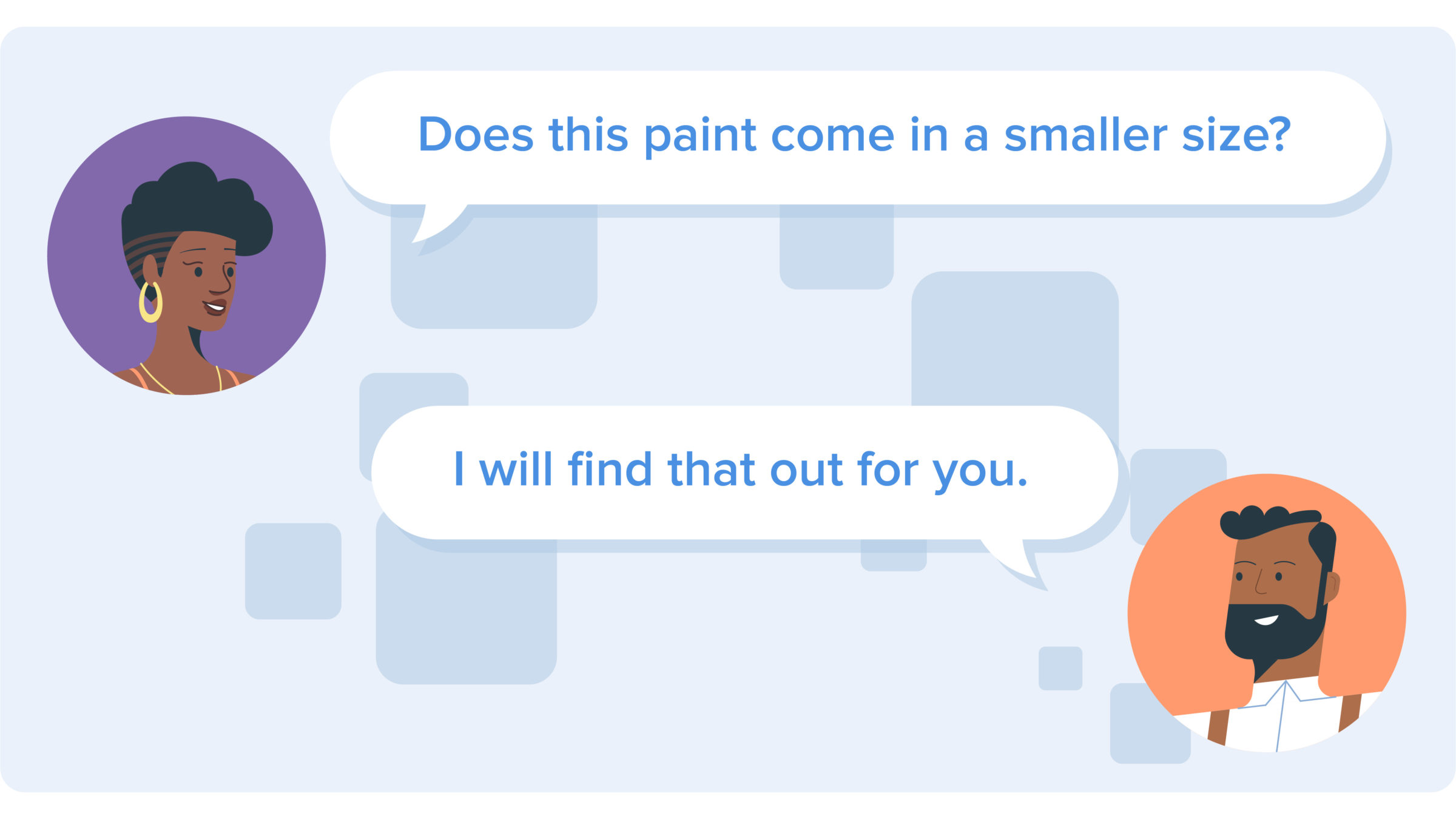8 communication tips for success in sales

Christine
7 April, 2021
Effective communication is a key component in securing sales and building rapport.
In our previous article, we explored why rapport is important to increase sales. Now that we know why it’s important, let’s look at what tactics we can adopt when we communicate. There are easy strategies we can put in place for effective and interactive communication.
1. Use simple jargon, or better yet, no jargon at all
Try not to over complicate the words you use, so keep your wording simple and concise. It is important to remain approachable and not to overcomplicate the conversation. This will ensure that you are easily understood and relatable. You do not want to alienate your prospective client by using terminology they will not understand.
2. Match your client’s rate of speech
Some people talk really fast, and some people talk very slowly. Try to match the customer’s rate of speech. You want to match up to them, rather than having them try to match up to you. It is important to sync the rate of speech in a subtle way. You don’t want the customer to feel as though they are being mocked. Let the customer be in control of the speech speed, this will help them feel comfortable.
Read more: How to build rapport through active listening
3. Repeat and approve
After your customers speak, make sure you repeat a brief portion of what they said and then approve it. This shows that you are really listening; people like to be heard and understood. Showing that you are a good listener helps establish empathy and validation, which is a crucial building block of rapport.

4. Respond and match your customers body language
Wait a few seconds, and then shift your body in the same way as the customer. If the customer sits in a certain way try and do the same. This will send a subconscious message that you are paying attention and in agreement. Mimicking non-verbal signals puts your customer at ease and provides a comfortable environment. Research indicates that when conducting in-person conversation, more than 70 percent of our communication is nonverbal.
5. Watch gestures and facial expressions
Be observant to your customer’s mannerisms. Customers will use non-verbal methods of communication. By adopting the same method they use, you will communicate in a way they relate to. Use the same hand gestures they use, but only when it’s your turn to speak. Match their facial expressions instantly; if they raise their eyebrows, raise yours to acknowledge their emotion. When they nod their head, nod yours instantly to signal agreement or affirmation.
Read more: How to build rapport with your customers to increase sales
6. Ask open-ended questions
The best way to end a conversation is to ask a question that only requires a ‘’Yes’’ or ‘’No’’. Be sure to ask questions that warrant more elaborate answers. These normally start with a ‘’How?’’ or ‘’Why?’’ Feel free to take a minute to think before you respond. This isn’t a sign of weakness but rather reinforces that you are actively listening to the speaker and understand what they are saying.

7. Avoid correcting or interrupting the customer
‘The customer is always right’ has definitely been overused, but unless there has been a misunderstanding of the product offering, avoid correcting your potential buyers. Correcting minor errors like misspoken words or mispronunciations runs the risk of offending your buyer, it’s also a bit rude!
Another quick way to lose trust is to interrupt your buyer. Your service will come across as unpleasant and arrogant. Buyers may no longer wish to engage in conversation or future interactions.
8. Establish your credentials and know your product.
Briefly explain why you are an expert in your service or for this product. This will establish your expertise and why your opinion is important. There is nothing more diminishing of trust than misleading information. Know your product inside and out. If you don’t know an answer, find out for the customer in a prompt manner. It is better to say ‘’I will find out for you’’ than to make something up. Customers will hold you accountable for what you tell them.

Now that we know a few communication techniques, let’s discuss the heart behind your approach. This article highlights some of the tools you can use to display that you are actively listening and empathizing with your customer. If authentic interest and care are missing, these techniques will seem shallow or insincere to your customers.
You might ask yourself, “How can a sales interaction ever come across as authentic?” Strong rapport will develop when you actively listen to the needs of your customer and respond with care and consideration. In the next article, we’ll consider your approach to these interactions.
Related articles

How to build rapport with your customers to increase sales
How can you connect with customers, build their trust, and increase sales?

6 tips for the perfect email marketing strategy
Up your email game and increase your ROI

How to build rapport through active listening
It’s important for people to feel heard and understood.
